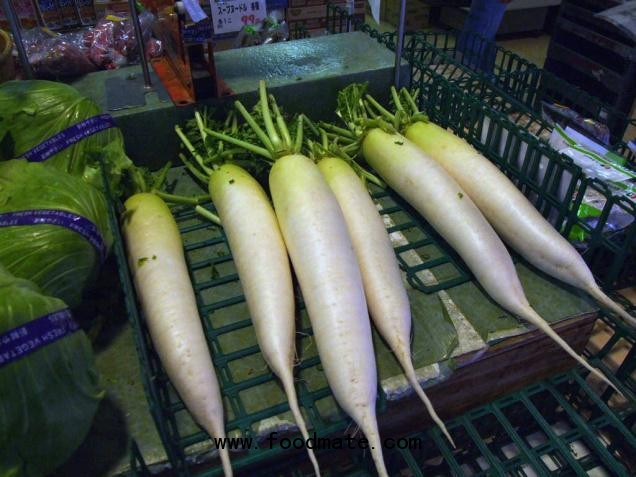
It originated in Europe and Asia, but is popular around the world today. It grows up to 1.5 metres tall and is mainly cultivated for its large, white, tapered root. Horseradish roots, when they are intact, have hardly any aroma, but when cut or grated should be used instantly or mixed with vinegar and consumed.
Medicinal value
Horseradish is a pungent stimulant herb that controls bacterial infection and can be used both internally and externally. If eaten it stimulates the digestive system. Externally, it may be used as a rubefacient.
Known to have diuretic properties, the root is used to treat minor health problems, including urinary tract infection, bronchitis, sinus congestion, in-growing toenail and cough.
Now, for a recipe.
Horseradish Meringue
Ingredients
Freshly grated horseradish: 120 gm
Plain low-fat yoghurt: 120 gm
Kosher salt: three-fourth tsp
Unsalted butter: 1 tsp
Egg white: from 6 eggs
Sugar: 1 tsp
Method: Put the yoghurt in a strainer lined with a double layer of muslin cloth. Set the strainer over a bowl, place it in the refrigerator and let it drain for 4 hours.
In a bowl, combine the drained yoghurt, horseradish and a teaspoon of salt. Beat the egg whites until they form soft peaks. Add the sugar and continue to beat until stiff peaks are formed.
Carefully fold in the seasoned yoghurt. Pre-heat the oven to 210 degree Centigrade.
On top of a silicon sheet, shape the mixture and bake it for 10 to 15 minutes.







